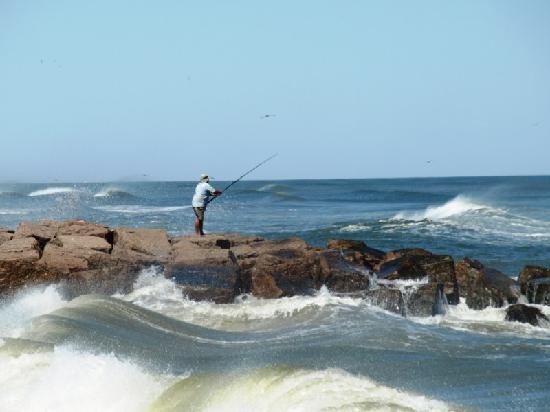Mustang Island State Park
Introduction
Text-to-speech Audio
Images
Fishing (PaulBrian, Apr 2010) http://www.tripadvisor.com/LocationPhotoDirectLink-g56476-d106057-i17559720-Mustang_Island_State_Park-Port_Aransas_Texas.html#25172247

Backstory and Context
Text-to-speech Audio
Though the first recording of Karankawa Indian residents on the island came from a French explorer named Jean Béranger in 1720, it is believed that other Europeans had visited the island before then.
As more European settlers staked their claim on the island in the 1840s and1850s, the Karankawa poupulation began to phase out. Those European settlers began a farming community in which they raised livestock, however, there were not many who decided to reside on the island long term since it was difficult to travel to and from the island and there was a minuscule fresh water supply.
According to Texas Parks & Wildlife website, "A small fort built on the island during the Mexican War (1846-48) guarded the entrance to Aransas Bay. During the Civil War, the Union Navy blockaded the coastal area, but no major battles occurred here."
Throughout the 1900s and even today, the island's main industry is tourism. The land that makes up the park, 3,954 acres, was purchased from private owners by the Texas Parks & Wildlife Department in 1972.
